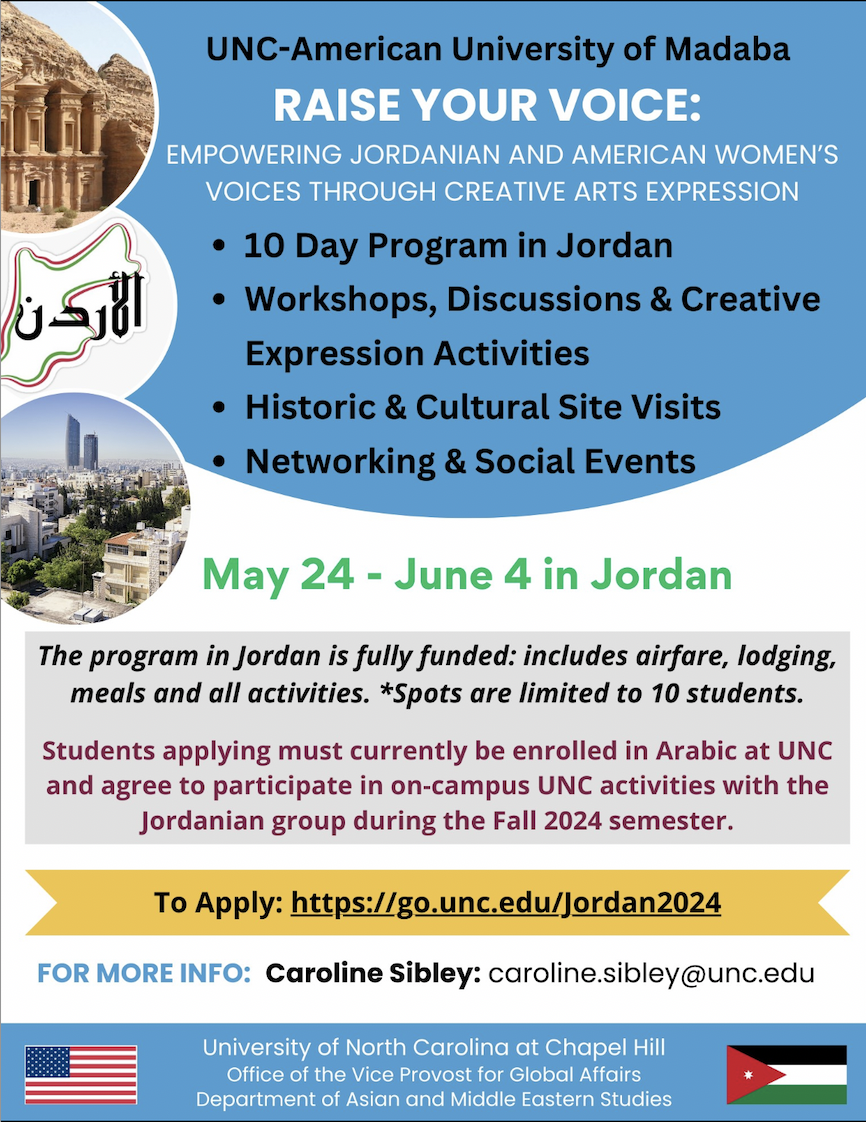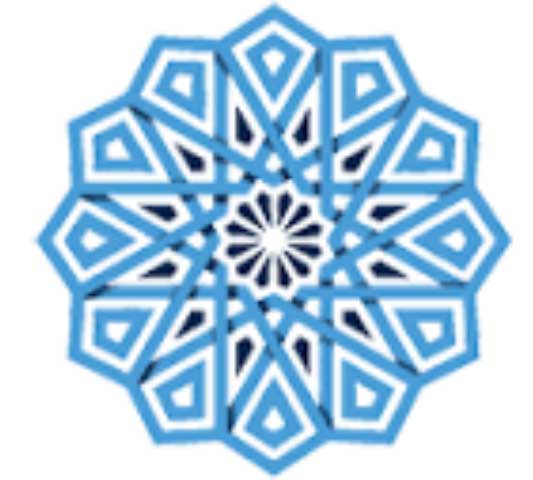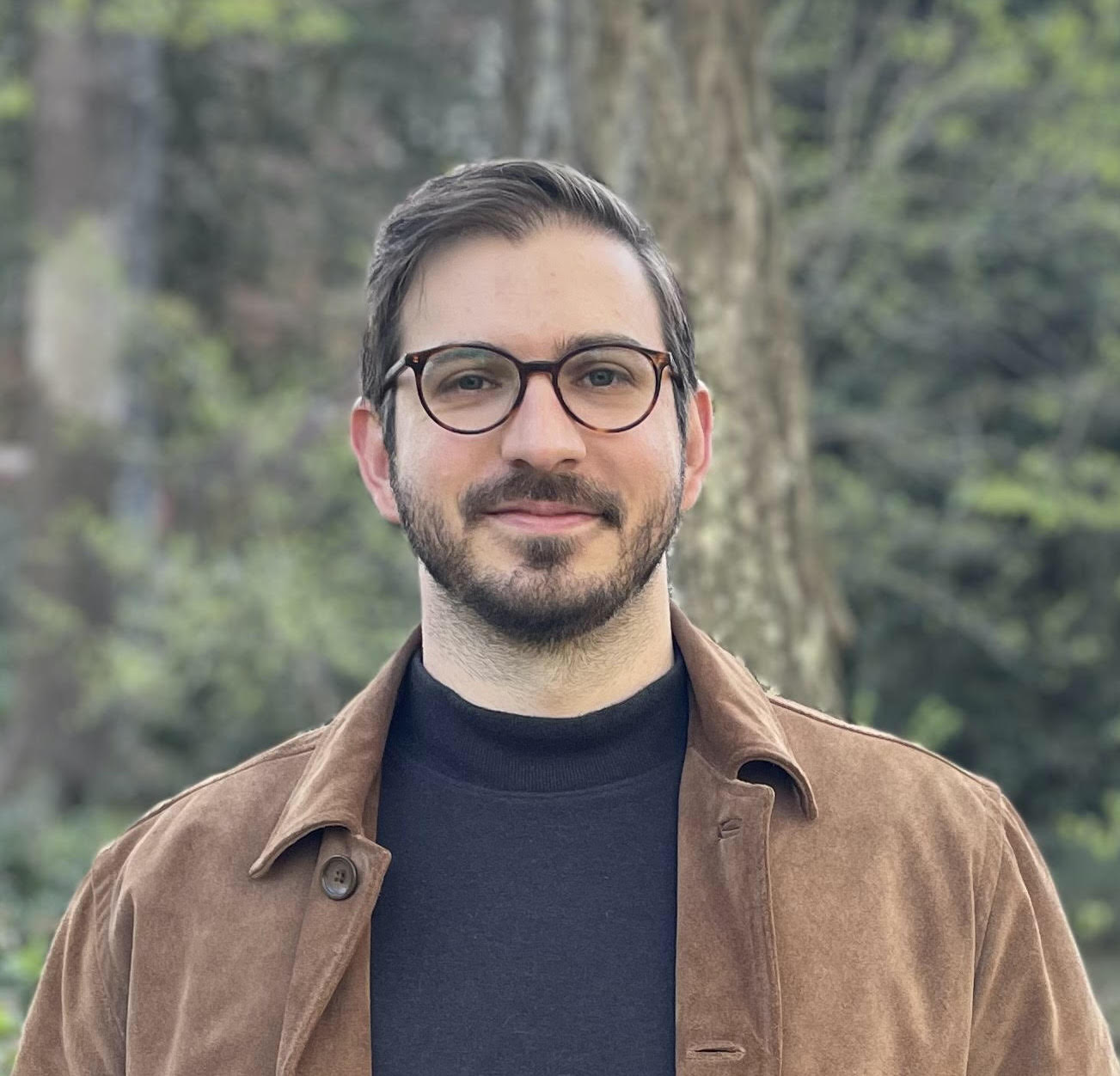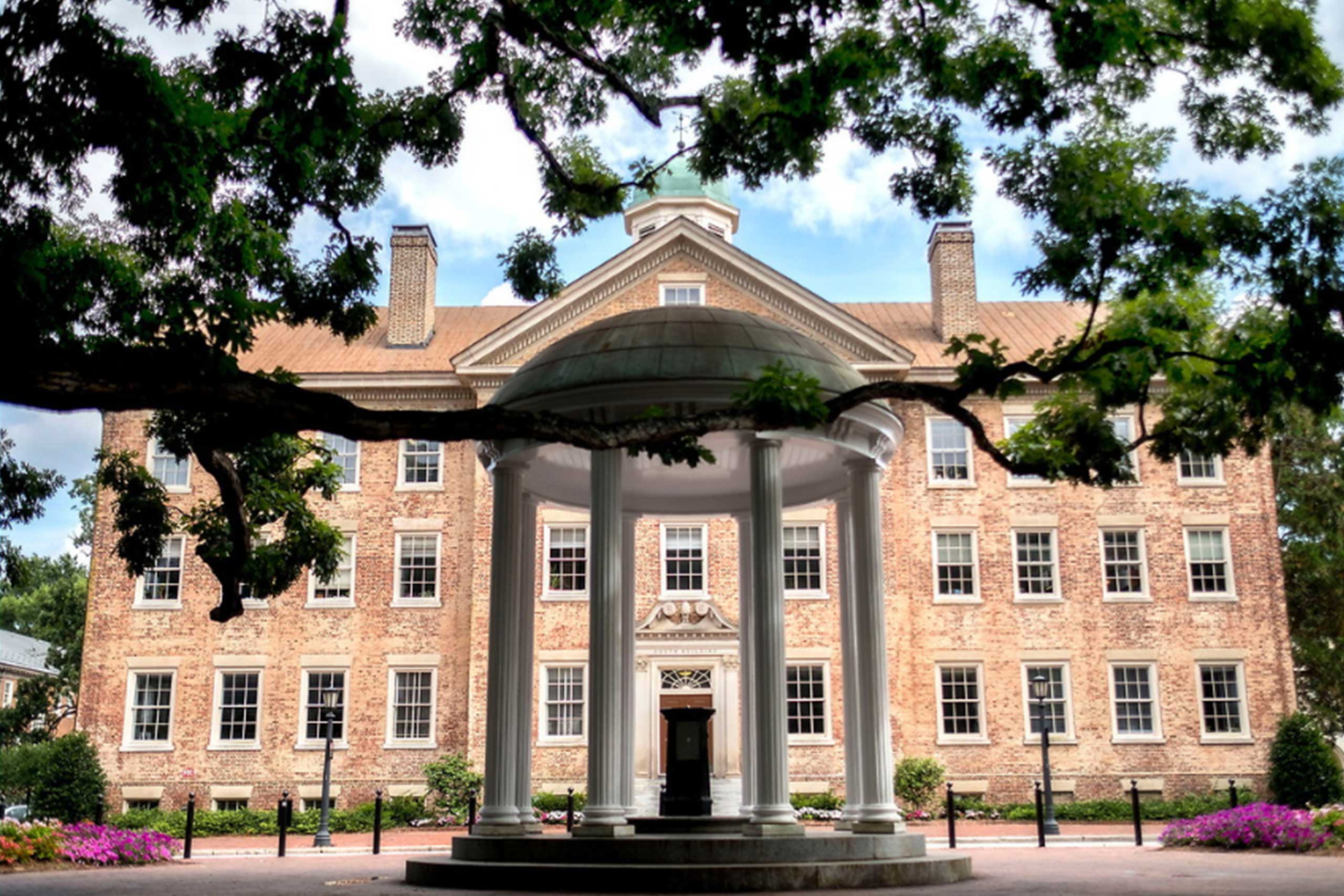Carolina Center for the Study of the Middle East and Muslim Civilizations

Ellen McLarney
The event was held as part of the National Humanities Center’s “Humanities in Class” series that works to provide webinars, lessons and primary resources to K-12 teachers and community college educators. The webinars allow educators across the country to connect with scholars and other educators interested in similar topics and subject material, and provide diverse resources and skills for their students and classroom. Around 190 educators registered for the event, from California to Kansas to Georgia.
The webinar, led by Ellen McLarney, associate professor of Asian and Middle Eastern studies at Duke University, provided an introduction to politics in the three countries of focus: Tunisia, Egypt and Syria. McLarney described the revolutions as “a powerful moment of euphoric change” and focused on the influence of religion, religious parties and religious movements in all three countries. While the 2011 uprisings were lit by a similar spark, they had very different results in post-uprising elections, governments and constitutions.
McLarney explained that the uprisings were also led by diverse groups of people. Low-skilled, low-wage workers and educated youth and students protested their collective economic and political disenfranchisement. Additionally, as one of the webinar participants noted, there was an “active and powerful presence of women in the revolution.”
The numerous groups that made up the revolution put their technological knowledge to use and harnessed the strength of cyber activism.
After covering the nature and diversity of the uprisings, McLarney discussed the music, visual art, poetry, film, digital media and graffiti that gave expression to revolutionary unrest in the Arab world. Aiming to provide a “vivid taste of the … expression of human flourishing as the facade of the authoritarian regimes cracked,” McLarney discussed the complexity of the context behind the art that developed during the Arab Spring and the challenges facing educators in presenting those complexities to students.
Many of the educators who attended the webinar mentioned how they became more aware of aspects of the Middle Eastern revolutions and uprisings as a result of the webinar. One of the participants commented on the relevance of the webinar for her own students. “This graffiti, this protest art, is so powerful,” she said. “We [complete] a graffiti/art unit in my English class and I think some of these images might really resonate.”
Emily Burrus, a French teacher from Pisgah High School, also expressed her appreciation for the webinar, explaining how it fueled her “passion for learning more to share with other educators on global issues.”
McLarney concluded the webinar by emphasizing that the greatest lesson for educators to take back to their students is that “despite all the suffering, violence and warfare, there is always hope, and that hope is oftentimes expressed by human creation.”
The Duke-UNC Consortium for Middle East Studies is a collaboration of the Carolina Center for the Study of the Middle East and Muslim Civilizations and the Duke University Middle East Studies Center. As the recipient of a Title VI grant from the U.S. Department of Education, the consortium is a National Resource Center. The outreach program supports K-12 and community college educators in deepening understanding of the Middle East through professional development trainings, local study tours, providing access to speakers, creating classroom resources and more.
By Anum Imran ’21
Posted from: https://global.unc.edu/news/webinar-on-the-art-of-revolution-in-tunisia-egypt-and-syria-explores-creativity-in-the-face-of-conflict/






